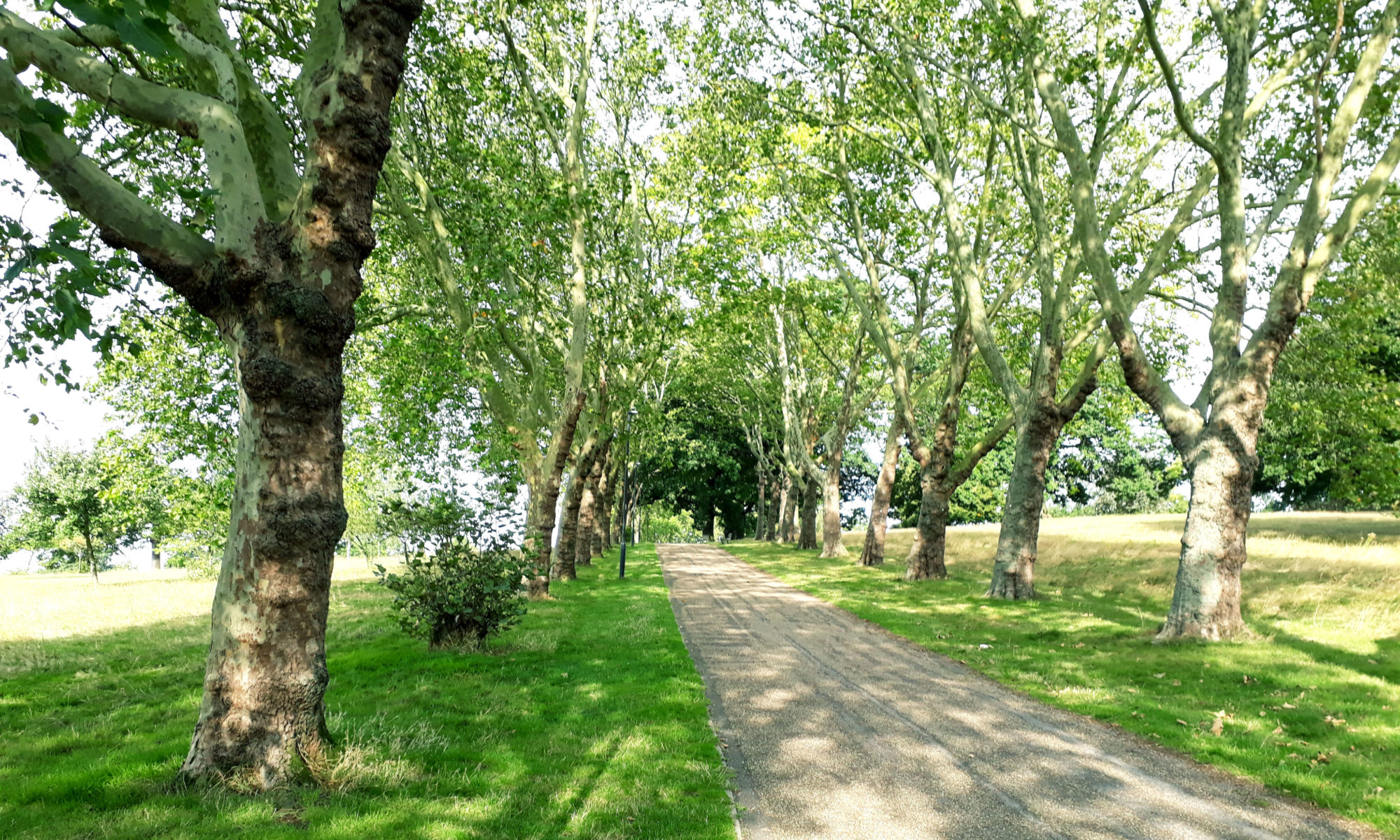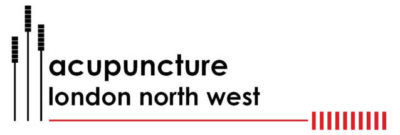Cupping Therapy
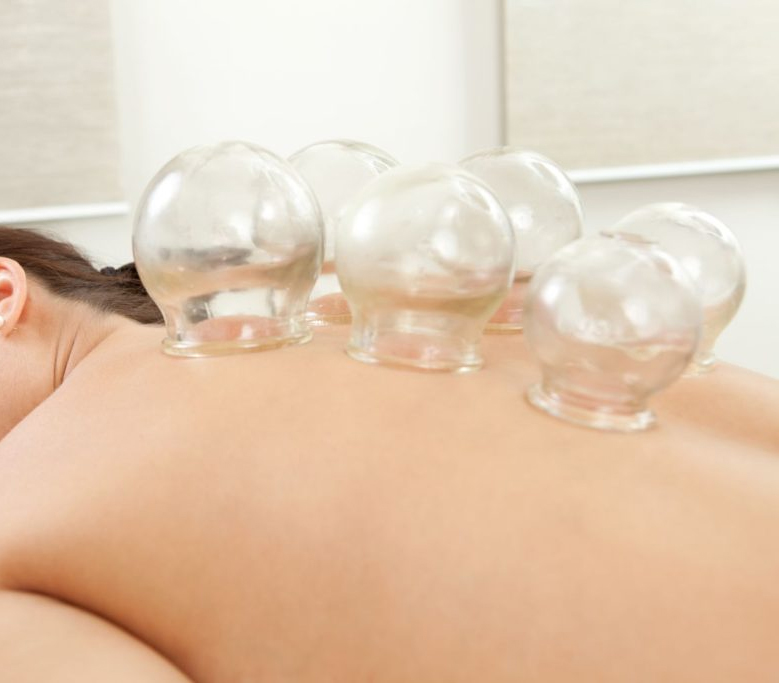
Cupping, like acupuncture, is an ancient therapy often used alongside acupuncture or instead of it if the patient is worried about needles. Unlike massage which presses down on tissue, glass or perspex cups are placed on the skin and a vacuum created which pulls the skin and underlying muscle up improving blood flow by removing stagnation. It is beneficial for reducing pain and inflammation and, as it sedates the nervous system, extremely relaxing. It is considered to be one of the best deep tissue therapies available affecting tissues up to ten centimetres deep from the skin surface.
Cupping, especially if static cupping has been used, can leave red or purple circles in the area treated (often the back). This is expected and indicates the treatment has been effective. The marks should go within 2-3 days.
Moxibustion therapy
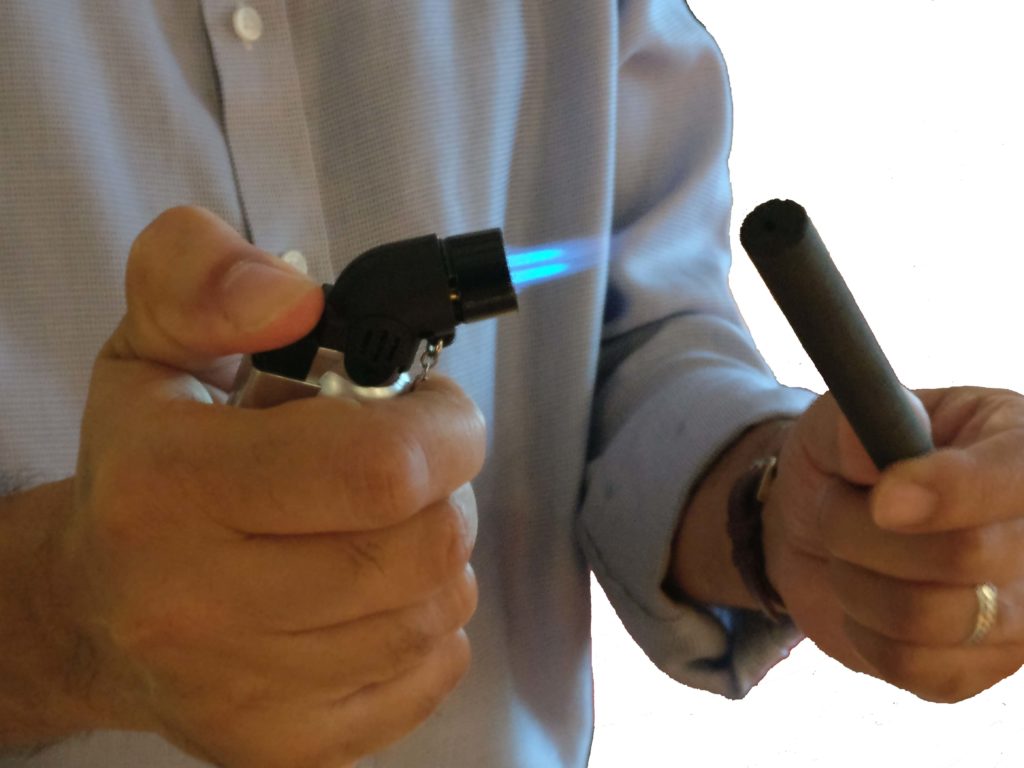
Moxibustion is a heat therapy in which dried Chinese mugwort called “Moxa” is lit and held close to the skin near acupoints on the meridian pathways. The heat generated is intense and focussed. In addition to heat infra-red radiation is generated which penetrates deep into tissue. It is very effective for dealing with rheumatic pain. It has been shown to be 66% successful for dealing with breech births as the heat triggers hormonal changes which relax the uterus and encourages the baby to turn.
Some practices offer moxibustion and cupping as additional treatments. We don’t. If we feel that cupping might be better for your condition or acupuncture plus moxibustion might be suitable then that is what will be given at no extra cost.
Electro-acupuncture
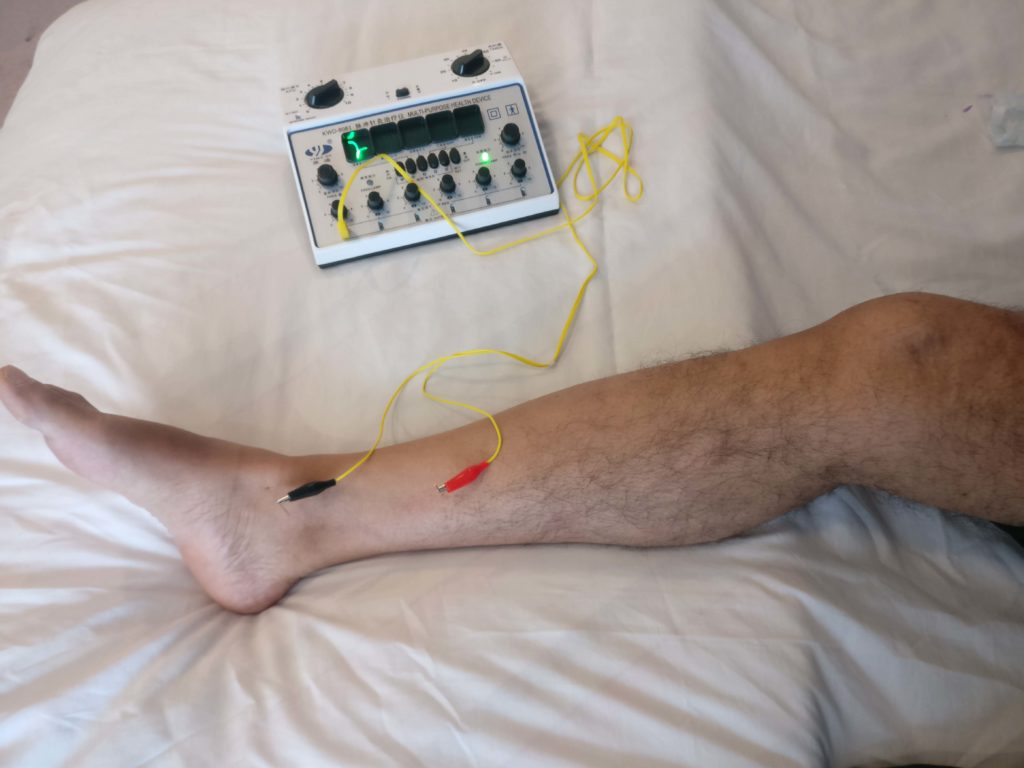
Electro acupuncture is a technique whereby the stimulation achieved by acupuncture can be increased by applying a mild electric current to the needles. It is effective for “yang” type indications: reducing pain, decreasing inflammation, relaxing muscle spasticity as well as “yin” type indications: helping repair damaged nerves, retarding muscle atrophy and firming up muscle. It helps with the microcirculation of blood so assists tissue repair in general. It is systemically relaxing and can be used for treating drug withdrawal.
It can be used to deal with:
- Migraine
- Sciatica
- Phantom limb and stump pain
- Trigeminal neuralgia
- Dental pain
- Facial and limb paralysis
- Raynauds syndrome
- Obstetric – Breech presentation
- Sports injury
Tui na

Chinese massage therapy that focuses on the same meridians and acupoints as acupuncture but rather than needles uses the therapist’s hand, fingers, forearm, and in some cases, elbow to apply pressure to the points. It can be useful for relaxing musculoskeletal tissue prior to acupuncture or instead of needling if a patient is anxious about needles.
